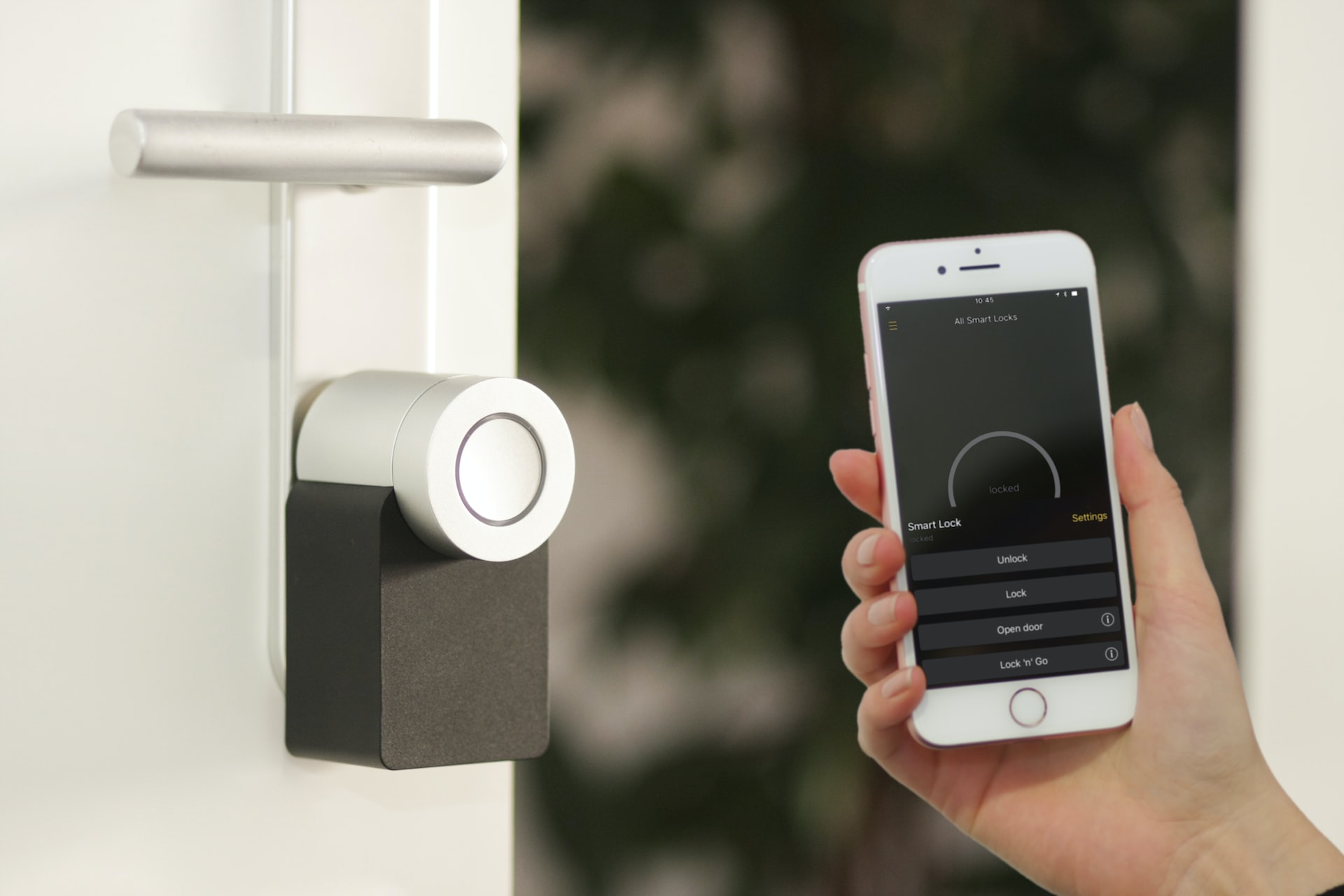In the past few years, smart homes have become more common. From thermostat control apps to voice-activated speaker devices, every new piece of tech is also a “smart” one. Home automation technology has been around for quite some time, but it’s only recently become accessible and affordable.
Today, anyone can own a connected home at a reasonable price point. However, as this market continues to grow and evolve, there are still many developments on the horizon for smart homes of the future. In this blog post, we explore some of these innovations and how you can get started with home automation today.
Voice-activated devices and assistants
The first thing to note about future smart homes is that voice-activated devices will become much more common. This is mainly due to the rise of voice assistants such as Amazon’s Alexa, Apple’s Siri, Google Assistant, and Microsoft’s Cortana.
As home automation technologies become more widely available, consumers are discovering that many of them can be controlled with voice commands. This is a major shift from when home automation focused primarily on lights, heating, and appliances.
Now, you can control your entire home through one device, like a smart speaker. Today, you can use voice commands to control your lights with an app or a smart bulb. You can also use voice-activated speakers to control your smart home devices, like a thermostat or a smart door lock.
In the future, we can expect these devices to become even more useful and widespread. Some experts think we’re headed towards a “voice first” world where all technology is controlled by voice. If that happens, smart homes will likely be the first to benefit.
Smarter kitchen appliances
The appliances that make up your smart home can be broken down into two categories: connected appliances and smart appliances. Connected appliances are simply appliances that can be controlled with an app. This functionality is similar to the “connected” appliances we’ve owned for decades.
Connected appliances are helpful for convenience, but they don’t change how we live. In the smart appliance category, we find appliances that have added functionality. For example, smart appliances can notify you if food is about to spoil or if you’ve left the stove on.
To date, smarter kitchen appliances mainly revolve around food and cooking. However, as the home automation industry continues to grow, we can expect to see more innovation in the kitchen appliance sector. In the future, we may even see fully automated kitchens connecting to the internet, allowing you to remotely control your kitchen appliances and food stocks.
Better building materials for smart homes
As more people build smart homes, we’ve seen an increase in construction materials specifically designed for home automation. In the past, you could only build a smart home if you were willing to retrofit your house with new wiring and outlets.
However, technology has advanced enough to build a smart home from the ground up. This is mainly thanks to the availability of Z-Wave and ZigBee technology. Z-Wave and ZigBee are wireless mesh networks that allow smart devices to communicate with one another without the need for a central hub.
You can build a smart home from scratch with these modern building materials. Once you have a smart home, the smart devices you install will evolve. We expect better building materials for more advanced home automation systems as technology progresses.
Robot helpers
Finally, as home automation technology evolves, we can expect more advanced robots to enter the market. Robots already play an essential role in the smart home ecosystem. The rise of smart speakers has led to the development of smart speaker assistants like Amazon’s Alexa and Google’s Assistant.
These voice assistants are powered by virtual personal assistants that live in the cloud. Robots can also be used to automate your home. For example, you can use a robot vacuum to clean your floors or smart lighting to automate your mood lighting.
Apart from cleaning and simple automation, we can expect to see robots used in more complex ways in the future. For example, MIT has developed a robot that can read your emotions and respond accordingly. This technology could be used in a smart home to lighten the environment when the resident is feeling down.
Conclusion
Smart homes have evolved significantly in the past few years. Thanks to new technological developments, smart homes are becoming more integrated, connected, and convenient than ever before. As this industry grows, we expect to see even more home automation innovations. From more advanced building materials to more complex communication between devices, the future of smart homes is bright.

